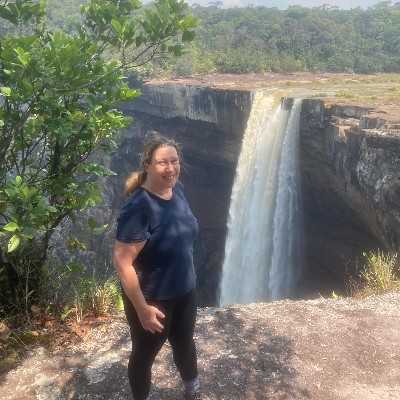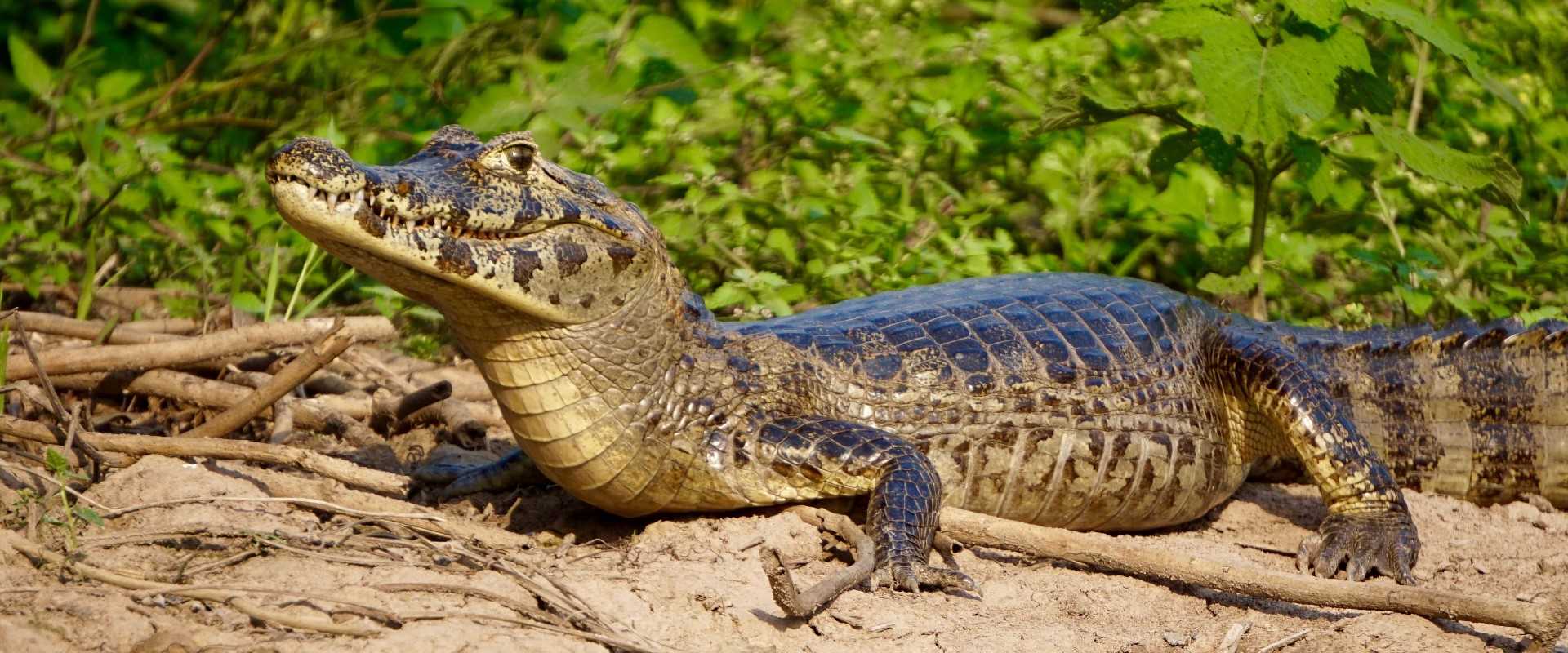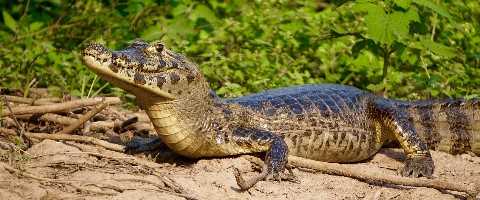Aptly named the world’s last great wilderness, the Pantanal - 230,000 sq. km of seasonally flooded, veldt-like swampland - is a hugely diverse habitat. From October to April, rainfall in the hilly areas, especially in the Chapada dos Guimarães, causes streams and rivers to flood the northern Pantanal.
The rivers break their banks and the waters augment the swamp lakes where fish have been breeding. The flora blooms and the trees produce fruit on which the breeding fish feed. At this time of the year, the Pantanal has low water and most wading birds are to be found there.
From April onwards, however, the waters drain towards the south and the birds migrate to the north to breed, feeding on the enormous stocks of fish which, now that the waters have receded, are trapped in the swamp lakes.
The Pantanal has larger stretches of open water and, in the months from April to October, the animals tend to leave the area. The best time to view birds and reptiles is from March to October, especially during the nesting season (July to October).
Mammals are more easily spotted during the dry season months of January to June, when there are fewer people, and January to April is when the forest is in bloom. Butterflies are at their most plentiful in April and November.
Pantanal Seasons
The Flooding (Oct-Dec)
Vegetation begins to flower and is mating time for the majority of the animals. Most transport is by boat, horse or on foot. The skies are cloudy but the days are long – Presence of mosquitoes!
The Flood (Jan-Mar)
Concentration of mammals in small non-flooded areas. The days are longer and despite it being the ‘wet season’ there is only about 1 hour of rainfall per day. Most transport is done by canoe or boat (Jan – Mar). Flora springs to life and the caiman start nesting.
The Emptying (Apr – Jun)
Concentration of reptiles and birds in the small water pools. Caiman hatch. Big bird colonies are formed. Cooler nights.
The Dry (Jul-Sep)
Concentration of birds and reptiles in the remaining water pools. Winter climate and abrupt temperature changes. Easy access to the lodges. Poor visibility due to dust and smoke and no rain.
Pantanal Wildlife
There are 230 varieties of fish in the Pantanal, including the flesh-eating piranha. Some species weigh up to 90 kilos. Over 600 species of birds populate the area, including the hyacinth macaw, toucan and jabirú stork, standing well over 4 feet tall.
Animals include giant and collared anteaters, armadillos, howler monkeys, coatis, giant river otters, marsh deer, anacondas, ocelots and pumas. The caiman (alligator) is a resident and visitors can also see tejú (a huge lizard), capybara (the world’s largest rodent) and, if you are extremely fortunate the very rare and beautiful Jaguar, largest of the South American cats.
Brazil has 55,000 species of higher class plants, more than any other country in the world. Here is the third largest concentration of avifauna (1,622 species), the fourth largest concentration of amphibians (517 species), the largest concentration of reptile species (467), the second largest concentration of mammals (527) and 27% of the world’s primates.








